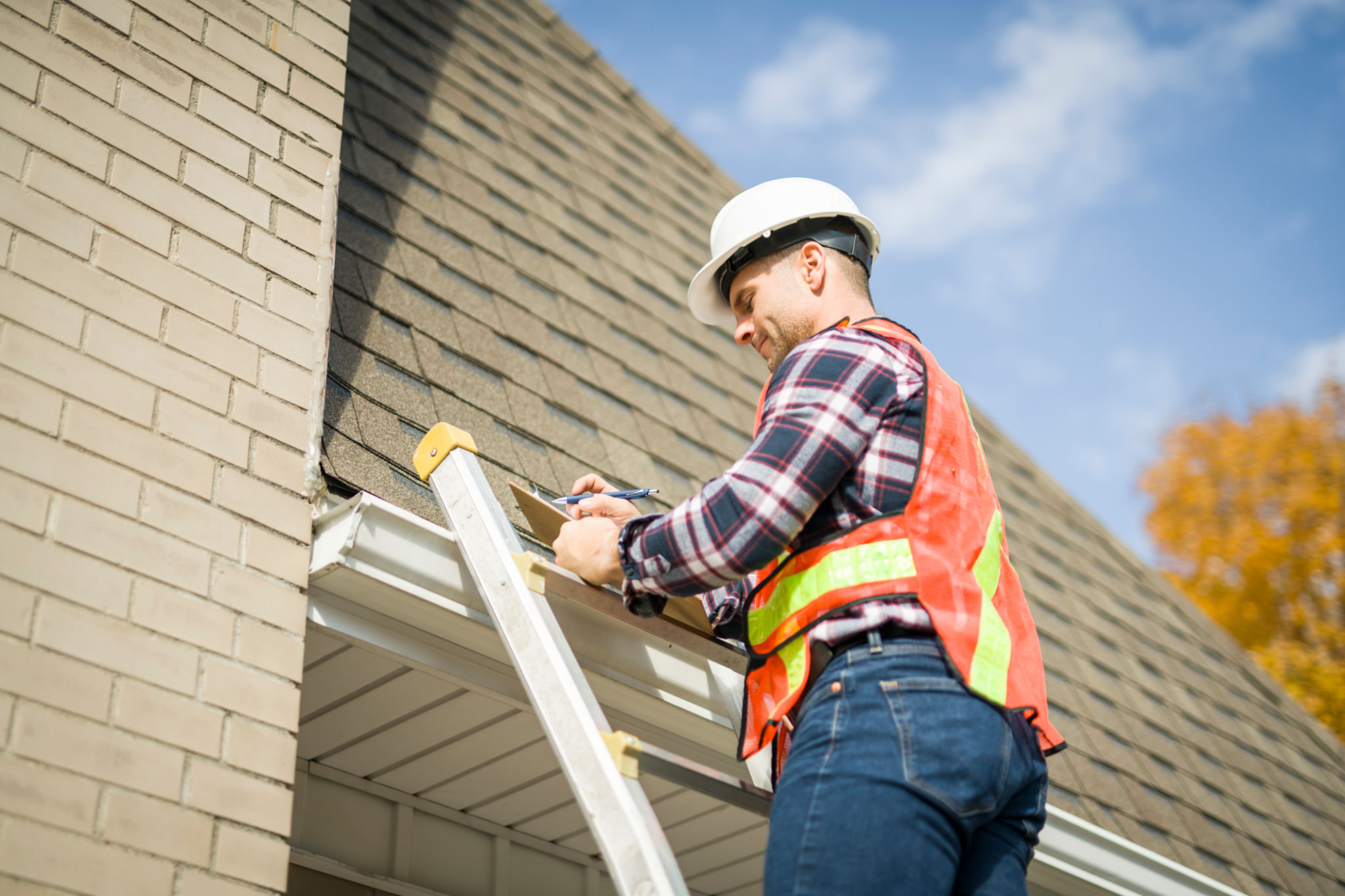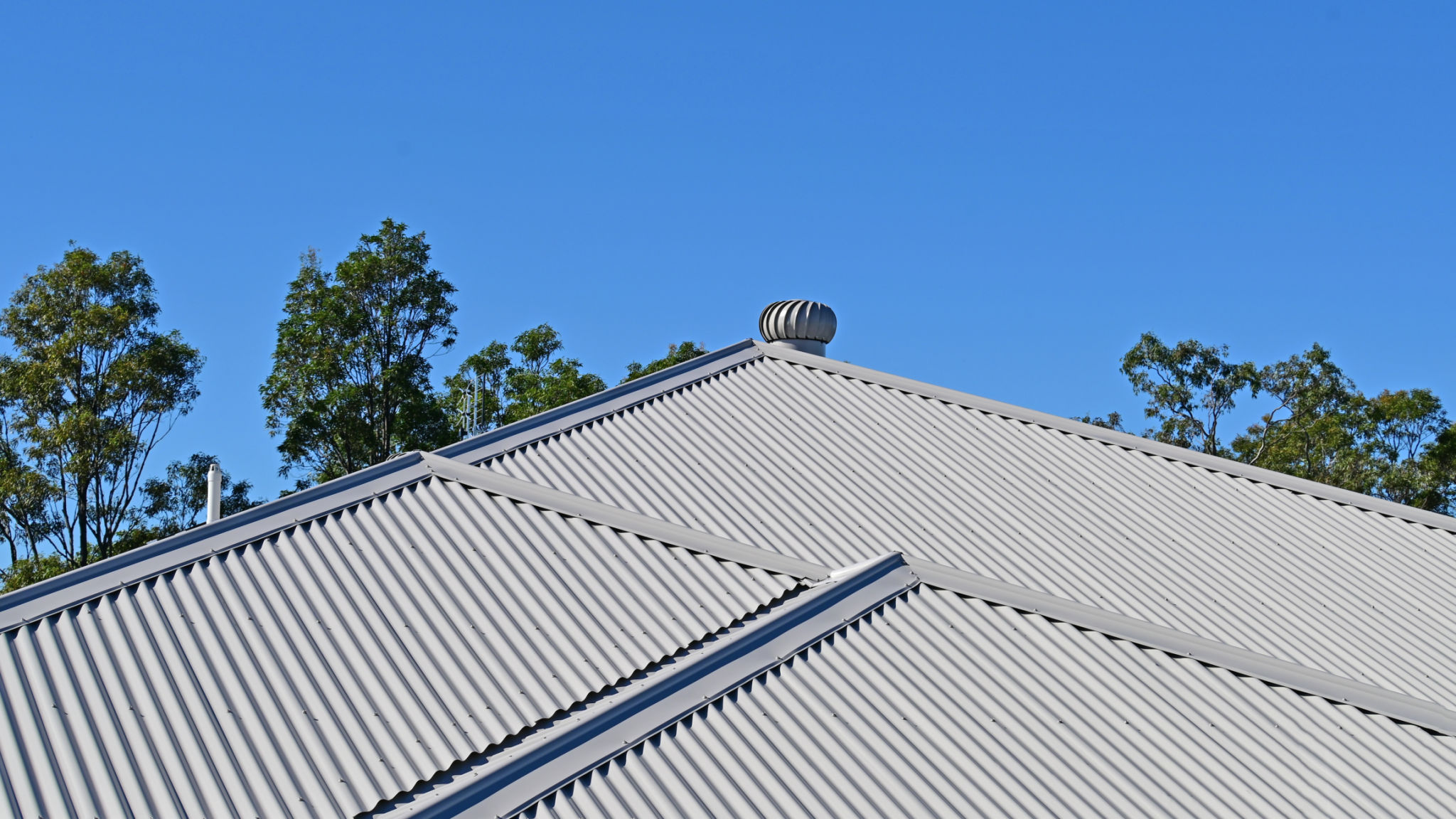Understanding the Different Types of Roofs: A Comprehensive Guide
Introduction to Roofing Types
Choosing the right type of roof for your home or building is crucial for both aesthetic appeal and functionality. Roofs not only protect your property from the elements but also contribute significantly to energy efficiency and overall value. In this guide, we'll explore the most common types of roofs, their benefits, and considerations to help you make an informed decision.

Asphalt Shingle Roofs
Asphalt shingles are among the most popular roofing materials in North America. Known for their affordability and ease of installation, these shingles come in a wide variety of colors and styles. They are particularly suitable for sloped roofs and offer decent durability and weather resistance.
Pros:
- Cost-effective
- Variety of styles and colors
- Easy installation and repair
Cons:
- Limited lifespan compared to other materials
- Prone to algae growth in humid climates
Metal Roofs
Metal roofs have gained popularity due to their durability and modern appearance. Made from materials like steel, aluminum, and copper, metal roofs can last for decades with minimal maintenance. They are also highly resistant to extreme weather conditions, making them an excellent choice for areas prone to heavy rains or snow.

Benefits of Metal Roofs:
- Long-lasting with a lifespan of 40-70 years
- Energy efficient by reflecting solar heat
- Environmentally friendly as they are often made from recycled materials
Tile Roofs
Tile roofs are celebrated for their classic and elegant look, often seen in Mediterranean and Spanish-style homes. Made from clay or concrete, tile roofs are incredibly durable and can withstand harsh weather conditions, including high winds and hail. However, they are heavier than other roofing options, requiring a strong structural support system.
Advantages:
- Long lifespan of up to 100 years
- Fire-resistant
- Low maintenance

Flat Roofs
Flat roofs are commonly used in commercial buildings but are also growing in popularity for residential properties with modern architectural designs. These roofs offer additional outdoor space for gardens or solar panels but require diligent maintenance to prevent water pooling.
Key Considerations:
- Cost-effective due to simpler design and installation
- Requires regular maintenance for drainage issues
- Limited lifespan compared to sloped roofs
Sustainable Roofing Options
With growing environmental concerns, many homeowners are opting for sustainable roofing solutions such as green roofs or solar tiles. Green roofs are covered with vegetation, providing insulation and reducing stormwater runoff. Solar tiles integrate solar energy technology into the roof itself, offering a clean energy source while maintaining a conventional roof appearance.

Sustainable Choices:
- Green Roofs: Enhance insulation and biodiversity
- Solar Tiles: Generate renewable energy while maintaining aesthetics
Conclusion: Making Your Choice
Selecting the right roof involves balancing aesthetics, budget, durability, and environmental impact. Consider your local climate, structural requirements, and long-term maintenance needs when choosing the ideal roofing type. By understanding the diverse options available, you can make a choice that enhances both the look and functionality of your property.